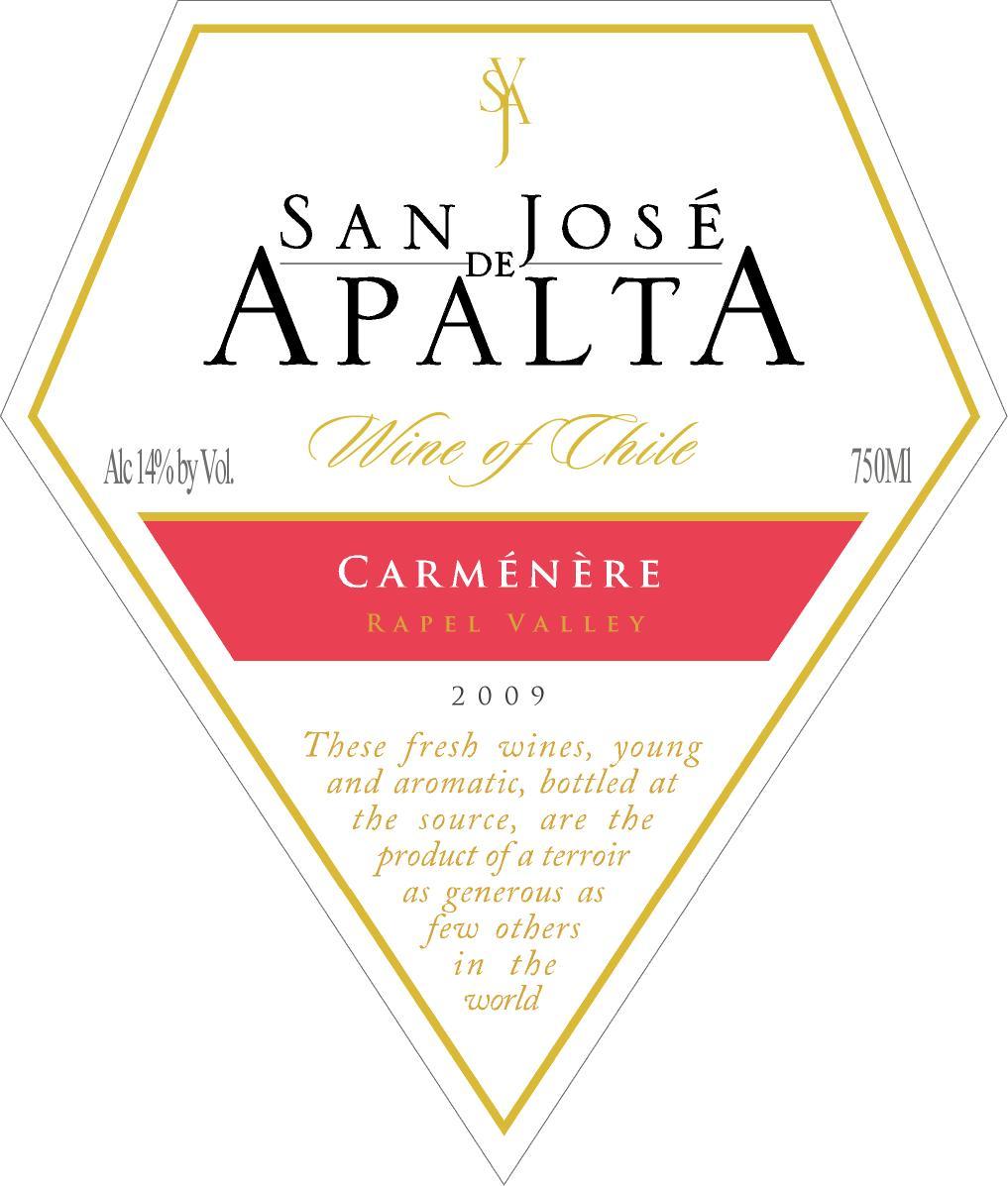2009 Rapel Valley Carmenere
The San Jose De Apalta Carménère from the renowned Rapel Valley exudes a captivating deep red hue, inviting you to explore its rich personality. This vintage embodies a robust, full-bodied character, enhanced by vibrant acidity that dances on the palate, delivering an invigorating lift. The fruit intensity is prominent, showcasing luscious dark berries and ripe plums, while hints of spicy undertones add complexity to the profile. Tannins are notable yet smooth, providing structure without overwhelming the experience. This wine achieves a dry finish, making it a delightful companion to hearty dishes, and is truly a testament to the alluring expression of Carménère in this celebrated region.
The San Jose De Apalta Carménère from the renowned Rapel Valley exudes a captivating deep red hue, inviting you to explore its rich personality. This vintage embodies a robust, full-bodied character, enhanced by vibrant acidity that dances on the palate, delivering an invigorating lift. The fruit intensity is prominent, showcasing luscious dark berries and ripe plums, while hints of spicy undertones add complexity to the profile. Tannins are notable yet smooth, providing structure without overwhelming the experience. This wine achieves a dry finish, making it a delightful companion to hearty dishes, and is truly a testament to the alluring expression of Carménère in this celebrated region.




